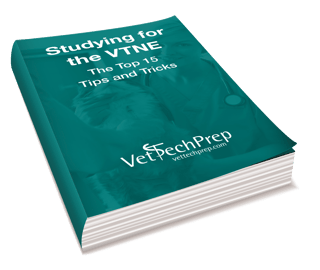 Hypertension is the term used to describe high blood pressure. Often, it goes undiagnosed in our small animal patients. It is important to measure blood pressure routinely in geriatric pets and in pets that have certain diseases.
Hypertension is the term used to describe high blood pressure. Often, it goes undiagnosed in our small animal patients. It is important to measure blood pressure routinely in geriatric pets and in pets that have certain diseases.
These include renal disease, cardiomyopathy, hyperadrenocorticism (dogs), and hyperthyroidism (cats).
What is hypertension and what causes it?
All of these diseases are known to be associated with or to cause high blood pressure. Intervening and managing hypertension early on can help to prevent severe side effects of the condition such as vascular accidents (stroke), severe kidney damage, blindness from detached retinas, epistaxis (bloody nose), and other organ damage.
How do I measure blood pressure in a dog or cat?
There are several ways to measure blood pressure in the dog and cat. The most common way you will get a measurement in general practice are via indirect methods (Doppler or oscillometric).
Oscillometric: Many anesthesia monitors will include a blood pressure monitor and a cuff is placed directly on the limb. This technique measures oscillations in the arterial wall from the blood flow through the vessel as the cuff deflates. The machine records systolic, diastolic, and mean blood pressures. (The systolic pressure is the most important.) The cuff width should be about 40% the circumference of the limb. This is critical for an accurate reading. If the cuff is too BIG, the reading will be artificially low. If the cuff is too SMALL or too tight or isn’t placed properly over the vessel, the reading will be artificially high.
Doppler: This technique uses ultrasound technology to detect blood flow through the artery as the applied cuff is deflated. The machine emits a sound in response to flow of blood. Systolic pressure is determined when the sound of the blood is heard through the machine. A transducer is applied to the skin (shave the area where transducer is placed) and coupling gel is applied.
A direct blood pressure is the most accurate measurement but is most often only used in the intensive care unit or in an animal that has an A-line in place for a surgical procedure, because it requires the measurement directly from inside the artery (most often the dorsal metatarsal or the femoral arteries are used).
What is a normal blood pressure?
When a dog or cat is resting at home, their systolic pressure should be around 110-140 (on average is around 120). However, we know that they get very nervous and stressed in the hospital and this can cause the blood pressure to increase. It is generally accepted that in the hospital, pets with systolic pressure greater that 170 mmHg consistently are likely hypertensive. Blood pressure greater than 160 mmHg is elevated and should be monitored closely while looking for evidence of underlying disease and if greater than 170 mmHg treatment may be initiated by the doctor. This largely depends on the patient’s history or medical diseases and clinical symptoms. If there is underlying disease present (as discussed above), management of the disease is key in controlling blood pressure along with medication.
What drugs are used to treat hypertension?
There are several medications used to treat hypertension in dogs and cats. The most common drug used in cats is amlodipine. Amlodipine is in a class of medications called calcium channel blockers, which lower blood pressure by relaxing the blood vessels so the heart does not have to pump as hard.
In dogs, hypertension can be more difficult to control. Benazapril (an ace-inhibitor) is the most commonly used drug. If benazapril is not enough to control the hypertension, then amlodipine is often added.


 You're of course going to need to study a ton to nail the test, but there are a lot of tips and tricks that will help you make the most of your study time and we've packaged those up in a
You're of course going to need to study a ton to nail the test, but there are a lot of tips and tricks that will help you make the most of your study time and we've packaged those up in a 